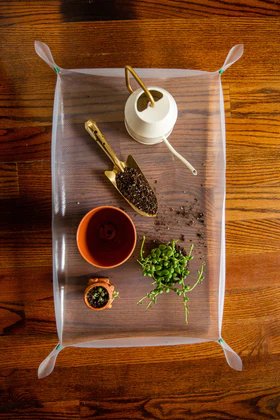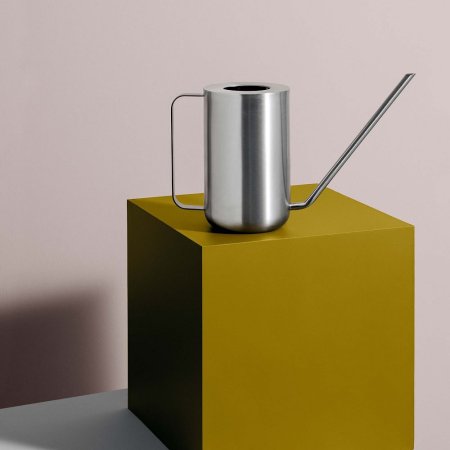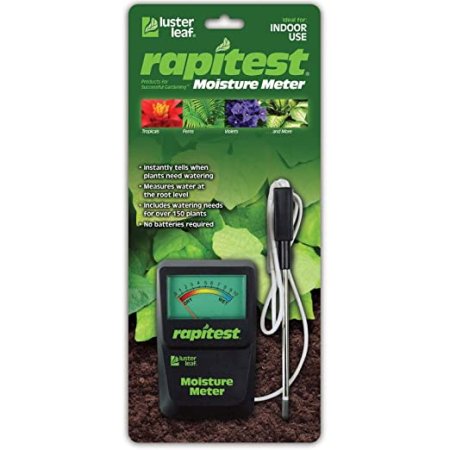We may earn revenue from the products available on this page and participate in affiliate programs.

Native to the deserts of the Southwestern United States and Central America (though they’ve been known to range as far as Canada and parts of the Caribbean), yucca plants prosper in arid and moisture-less climates. This resilience doesn’t just make them a great fit for harsh landscapes—it also makes yucca plant care a breeze at home. “Yucca is actually a genus plant that, believe it or not, is part of the asparagus family,” says Jesse Waldman of Portland, Oregon–based plant shop Pistils Nursery. But not all varieties will thrive indoors. “Two species that do particularly well are Yucca Guatemalensis and Yucca Elephantipes, which are both more commonly known as yucca cane,” he adds.
Loved for its daggerlike leaves and sturdy trunks, this plant is definitely quirky compared to the fiddle-leaf fig or monstera. To get the lowdown on the low-maintenance pick, we asked Waldman and Little Leaf expert Kevin Martinson for their fail-proof yucca plant care tips.
The General Gist
There are 49 species and 24 subspecies of yucca, which means you’ve probably seen it 100 times before and never knew it. They love direct sunlight and can survive without water for long periods of time. In other words, this is a plant you won’t feel guilty about leaving at home when you take a two-week vacation. “Yucca canes prefer to be slightly root-bound in coarse, well-draining soil that’s dense enough to stabilize the heavy trunk,” shares Martinson. Because they’re extremely drought-tolerant, the quickest way to kill yours is by overwatering it.
Growth

While we’re particularly interested in caring for yucca indoors, these spiky plants most commonly thrive out in nature. And when we say thrive, we mean thrive. “In the wild, these growers can reach 30 feet or higher,” says Martinson.
When situated indoors, yucca plants can soar up to 7 feet tall. Since the foliage typically sticks to the top of the trunk, it’ll feel like having a palm tree in your home. “The growth habit and height depends on the exact species you have; [yucca plants] will ultimately grow tall, woody trunks, which can eventually reach up to the ceiling (though this would take quite a while),” says Waldman.
Sun Exposure

Like most desert plants, yuccas love basking in sunlight—and lots of it. Martinson notes that although yuccas can tolerate lower levels of light, they often prefer sunny south-, west-, or east-facing windows where they can catch direct or indirect sunlight. If you notice white or brown splotches beginning to form on the leaves, you’ve been warned that your yucca is getting too much light. “Direct sun magnified through windows can burn the plant. Be sure to adjust your care regimen accordingly. Less light means the plant will need less water to thrive and will also grow a bit more slowly,” explains Waldman.
Watering

As a general rule for all houseplants, Waldman notes that it’s best to adopt a less-is-more watering approach. The simplest way to know if your green friend is ready for a drink? Stick a finger down into the soil. If the first few inches are totally dry, they’re in need of a sip. You’ll know you’ve quenched their thirst when you see water coming out of the drainage hole at the base of the pot. “Plants can typically recover much more readily from the stress of underwatering (drought) than overwatering (root rot),” says Waldman.
When it comes to yucca specifically, you’ll want to give yours a drink once every two weeks. Though this will really depend on how much light your plant is getting. “During winter months, watering frequency can be cut in half, since the days are shorter and the plant will be receiving less sunlight,” explains Martinson.
Soil

Because yucca tends to grow in nature in nutrient-deficient soil, fertilization isn’t usually necessary. However, if you do choose to fertilize, Martinson suggests using a nitrogen-based fertilizer once or twice a year during the growing season (mid-spring). Another option is repotting regularly. “The fresh soil will provide a nutrient boost to your plant,” adds Waldman.
Tip: “If the plant is too large to repot, remove the top 2 to 3 inches of the old soil and replace it with a fresh layer,” shares Martinson. The first time you pot your plant, pick a pot that is 2 to 3 inches larger in diameter than the plastic grower’s pot that it comes in.
Pruning

If the lower leaves of your yucca plant are damaged or unsightly (leaves naturally die and turn yellow as the plant grows taller), pruning is a great way to keep your yucca looking fresh. Generally, this can be done by gently pulling off or cutting the base leaves. “If your yucca blooms, you’ll want to cut off the flower spike after the blooms have expired. Cut it a few inches from the base of the flower spike,” explains Waldman.
If it’s the height of your greenery that you’re interested in changing, you’ll have to be a touch more careful about the process. “If your yucca is growing too large for your indoor space, you can cut the trunk in half using a handsaw,” explains Martinson. “Repot the rooted portion and then water thoroughly. Continue to care for it as you previously were and eventually new leaves will sprout.”
Warning Signs
All in all, yucca is incredibly easy to care for. The only thing to watch out for? Root rot—the telltale sign you’re overwatering. “Root rot is a common issue for yucca cane plants if they’re not receiving adequate light or are in poorly draining soil,” says Martinson. You shouldn’t leave it in a dreary, dark corner, as too little light will weaken the plant, resulting in poor growth and making it more susceptible to pests. Keep an eye out for bumps, discoloration, webbing, and sticky residue, all of which can indicate you’ve got unwanted creepy crawlers hanging around. “Scale is the most common bug that you might find on your yucca. Be sure to take care of this problem early, as once it’s infested, scale can be difficult to treat,” says Waldman.
Prepare your home for your new desert friend with these four essentials:
This story was originally published in March 2019. It has since been updated.



